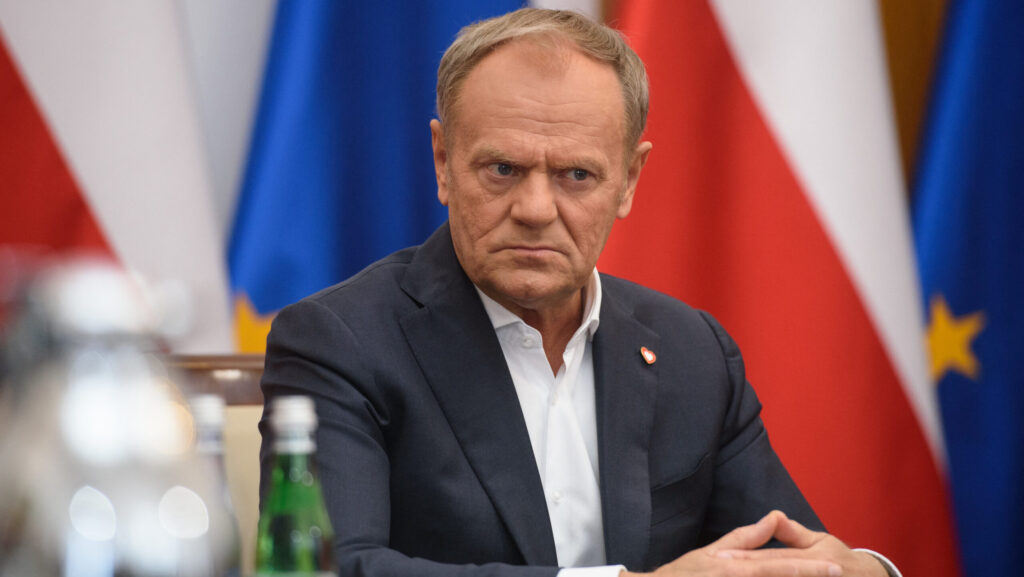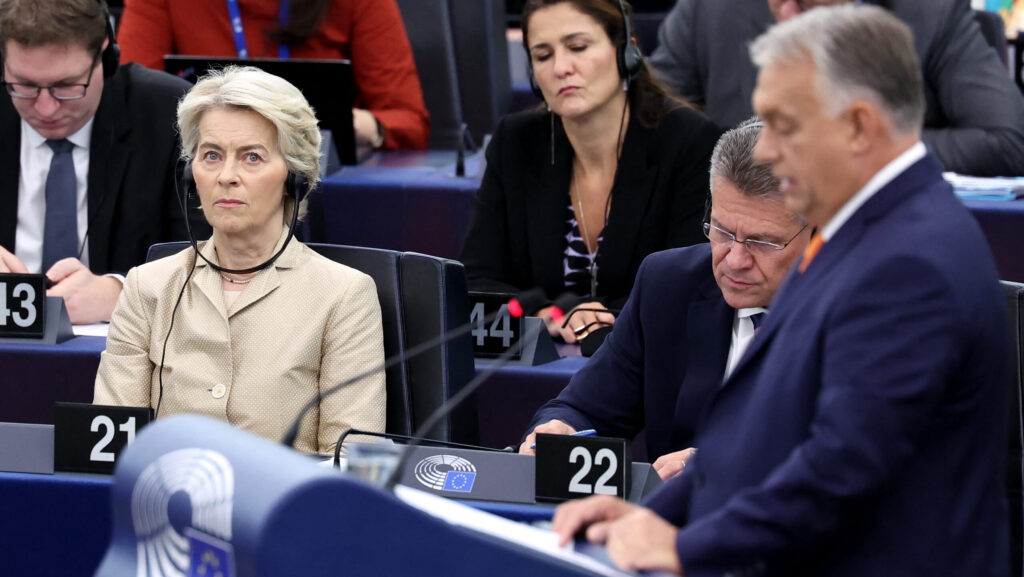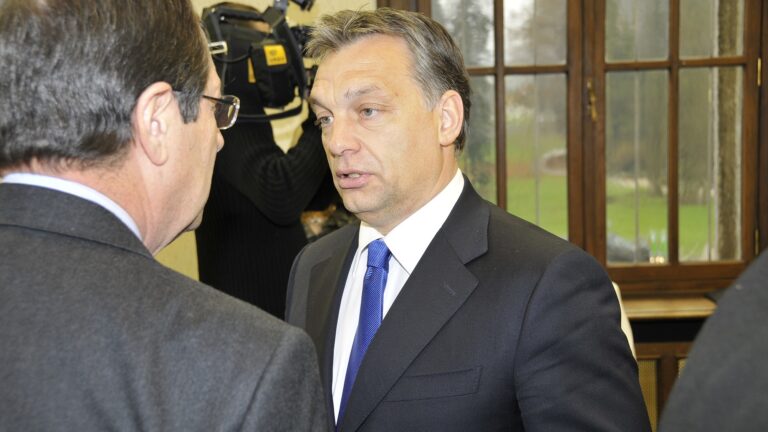The following is a translation of an article written by Bettina Tóth, a research fellow at the Europe Strategy Institute of the University of Public Service, originally published on the Five Minutes Europe blog of Ludovika.hu.
The European Commission presented its vision for the EU’s 2040 emissions reduction targets more than a year ago, but final legislation is still awaited.
The European Green Deal, announced in 2019, set a net-zero emissions target for the EU by 2050 compared to 1990 levels, with a 55 per cent reduction in 5 years by 2030. In addition, the European Climate Law 2021 requires the European Union to set a binding climate target for 2040, proposed by the European Commission in February 2024 after much debate. This would require a cumulative EU emissions reduction of 90 per cent by 2040, a target that is scientifically based and in line with public acceptance. To achieve this, a significant increase in renewable electricity generation, a drastic reduction in fossil fuel use, energy efficiency measures, and deep electrification of end-use sectors are needed.
In this respect, a Bruegel Institute study identifies four areas of significant risk, such as geoeconomic instability, technological progress, exacerbating inequality, and policy credibility. The current volatile global economic situation poses a major threat to the massive capital investment needed for the transition, while investment in clean technologies is the primary determinant of carbon reduction. Not to mention the fact that all these and other direct impacts at the societal level will make daily life more difficult, and therefore, a consistent but not overly stringent policy environment is needed.
‘The current volatile global economic situation poses a major threat to the massive capital investment needed for the transition’
It is presumably in the light of these risks that the European Commission has decided to wait a few more months before publishing the final legislation setting the 2040 climate target, promised for the first quarter of 2025. A statement by Wopke Hoekstra, European Commissioner for Climate, in early April showed that over the past year, he had been confronted with concerns from member states and political groups in the European Parliament, and that there had been several discussions on how to ‘loosen’ the 2040 emissions target. The Commission remains committed to the 90 per cent reduction, but a compromise is likely to be essential to obtain majority approval. While, for example, Italy’s ruling government is clearly in favour of a lower target of 80–85 per cent, the European Parliament’s Socialists and Democrats (S&D Group) have even questioned the Commission’s credibility.
Options discussed include allowing countries to defer steeper reductions and to credit carbon reductions paid for in other countries. Another idea would be to rely more heavily on forests or on financing different technologies that can sequester significant amounts of carbon.
Meanwhile, science suggests that 90 per cent is actually the lower limit for what would be Europe’s fair share of emissions reductions by 2040. But even with common sense, it is clear that if we are to achieve net-zero emissions by 2050, we cannot put on the handbrake now, when we have only 25 years to go, and 2023 figures show a reduction of only 37 per cent from 1990 levels so far.
Related articles:
Click here to read the original article.








